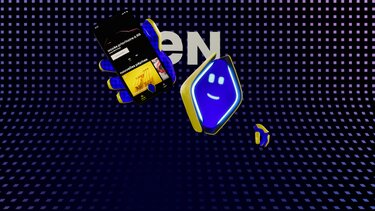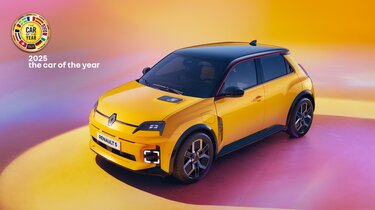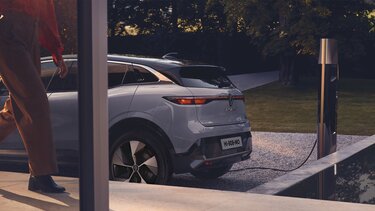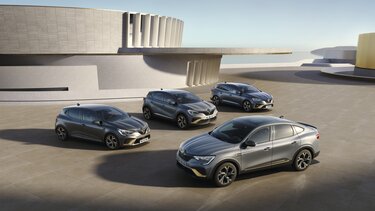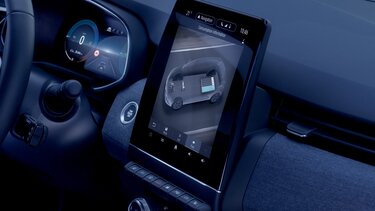Introduction to new regulations
Making life better and "Zero Emissions" accessible to all
our promise
At Renault, we strive to make your life better and easier. For decades now, we have been working to offer vehicles that provide greater efficiency and cause less pollution.
We’re committed to reducing the environmental impact of our vehicles and our groundbreaking Zero Emissions (whilst driving) E-Tech technology has propelled Renault to be electric vehicle pioneers in sustainable mobility.
Regulations are changing and we play a role in these changes. It begins with taking into account the new Worldwide Harmonised Light Vehicle Test Procedure (WLTP) for personal cars and light commercial vehicles. This new protocol enables consumers to access fuel consumption and pollutant emission data that reflects the everyday use of their vehicle with much more accuracy.
understanding the changes in regulations
understanding the changes in regulations: WLTP and RDE
On September 1, 2017, WLTP came into effect progressively replacing the decades old New European Driving Cycle (NEDC) certification protocol. In addition, a Real Driving Emissions (RDE) test will also take effect as a complement to WLTP in determining actual usage. You can learn more about these changes and what they mean for you here:
what is a certification protocol?
A certification protocol is a series of mandatory tests that certify all new vehicles on the market conform to the regulations. The goal is to verify that all vehicles respect pollution emission regulations, commonly referred to as emission standards. Euro 6 is the current standard.
The WLTP test takes place in a laboratory and is performed by independent organisations. They are based on standardised driving cycles (length, speed, equipment, temperature, etc) and measure pollutants, CO2 emissions and fuel consumption for combustion engine vehicles. These are standardised measurements that allow you to compare the performance of models from different manufacturers. Today, this data is published in brochures and on manufacturers’ websites.
from NEDC to WLTP
Before September 2017, the NEDC laboratory test – a benchmark since the 1990s – was the certification protocol in effect. This protocol became obsolete as it did not keep up with automotive developments. WLTP gradually replaced NEDC.
So, what are some of the key differences? To begin with, the WLTP driving cycle is longer and more accurate than the NEDC. The test speeds are higher (to reflect motorway driving), the temperature range is wider, and all vehicle equipment is taken into account (see below). In short, these improvements produce results that are much closer to what you experience during your everyday journeys.
View the differences between the NEDC and WLTP tests below.
As the testing conditions are closer to real-use conditions, they may show higher fuel consumption and emissions compared with brochure information. However, actual daily consumption is not affected. It is simply a more accurate reflection of fuel consumption and emissions which, under WLTP, takes into account the type of vehicle specifically, in addition to the chosen equipment and options. Furthermore, this measurement will be assessed based on a range of results recorded during the test (as opposed to a single result per model for the NEDC protocol).
Real Driving Emissions (RDE)
Even though the conditions of the WLTP test cycles are stricter than those of the NEDC protocol, they still do not take into account all the parameters of a vehicle's real use, which is where the Real Driving Emissions (RDE) test comes in.
Performed on roads under true driving conditions, this test complements the WLTP certification by verifying a vehicle’s actual pollution emission levels.
Groupe Renault has already begun to provide its customers with the results of RDE pollutant emission tests on new vehicles registered after May 2016. For more information, visit group.renault.com/en/rde-2/.
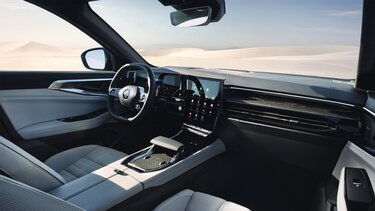
timing
- From September 2017 to September 2018, all new-to-market vehicles (new model/engine) must be certified under the WLTP test.
- From September 2018, all new vehicles sold in dealerships must be certified using WLTP.
- Until the end of 2018, to simplify the process, regulatory authorities have asked all manufacturers to continue to communicate only the NEDC results. Accordingly, the results of all WLTP-certified vehicles must be converted to their NEDC equivalent until early 2019. These data will be used to calculate the relevant tax status in the different countries affected.
- As from January 2019, all published data will be only WLTP values.
- In parallel to the implementation of the WLTP certification protocol, the emission standard that vehicles have to respect is evolving step by step to reduce the environmental impact of vehicles. This will ultimately lead to the roll-out of the Euro 6D standard in January 2020.
what this means for you
It’s important to note that neither vehicle performance nor actual fuel consumption is affected, regardless of the certification protocol followed.
However, the CO2 levels and fuel consumption data published by manufacturers will naturally increase, since the new WLTP protocol better reflects the vehicle's everyday use.
Simply stated, WLTP is more accurate than NEDC, but it doesn’t change the actual performance or consumption of your vehicle.
our solutions
facilitating reduced fuel consumption
Renault brought the first vehicles certified using the new procedure to market from January 2018. And from September 2018 onwards, all new Renault vehicles sold in the networks have WLTP certification.
Nevertheless, our ultimate goal is to help you be an active participant in reducing the environmental impact of your vehicle. If you’d like to know more about our E-Tech range click here.
driving ECO2 programme
- On-board features include a gear change indicator, an eco-driving mode button, the option of receiving a journey review with an eco-score and, thanks to eco-coaching, tips for eco-driving in real time to optimise fuel consumption.
- Off-board features include business-to-business eco score and eco driving training for example.
exceeding market expectations and changes in regulations
Renault complies with these new regulations (protocols and standards) and continues to be proactive by setting additional objectives:
- In response to the demand for diesel engines on the market, we will adapt our diesel engines to selective catalytic reduction technology to reduce pollutant emissions in real-life situations.
- All new petrol engines will be equipped with particulate filters, offering both better performance and reduced emissions and fuel consumption.
- By 2022, we will offer 8 new fully electric E-Tech models and 12 new electrified models (HEV, P-HEV).

